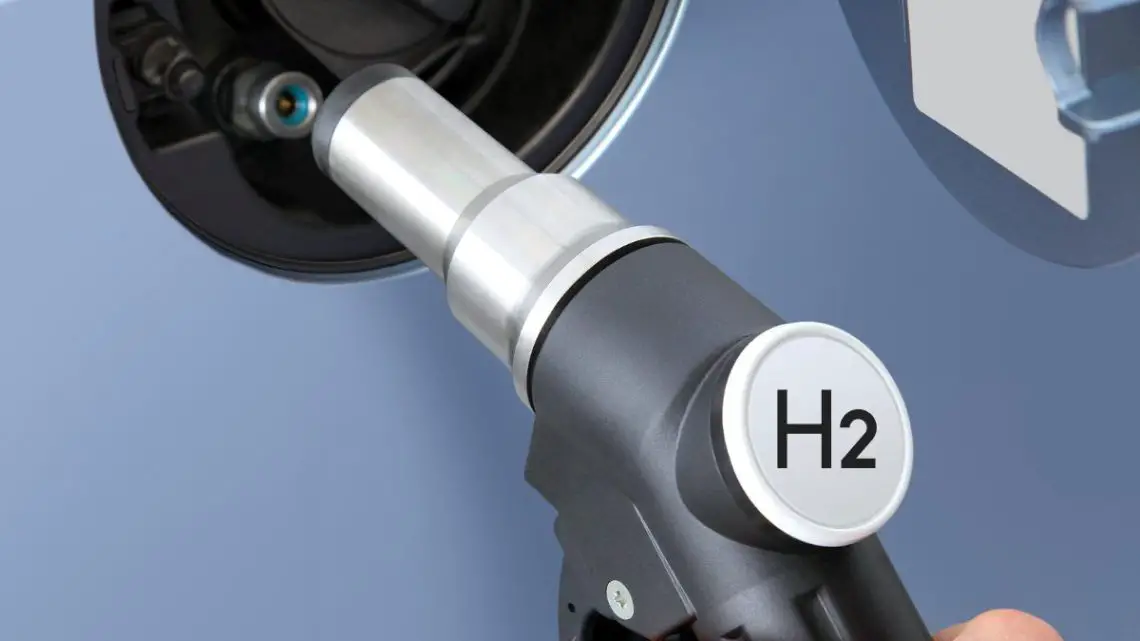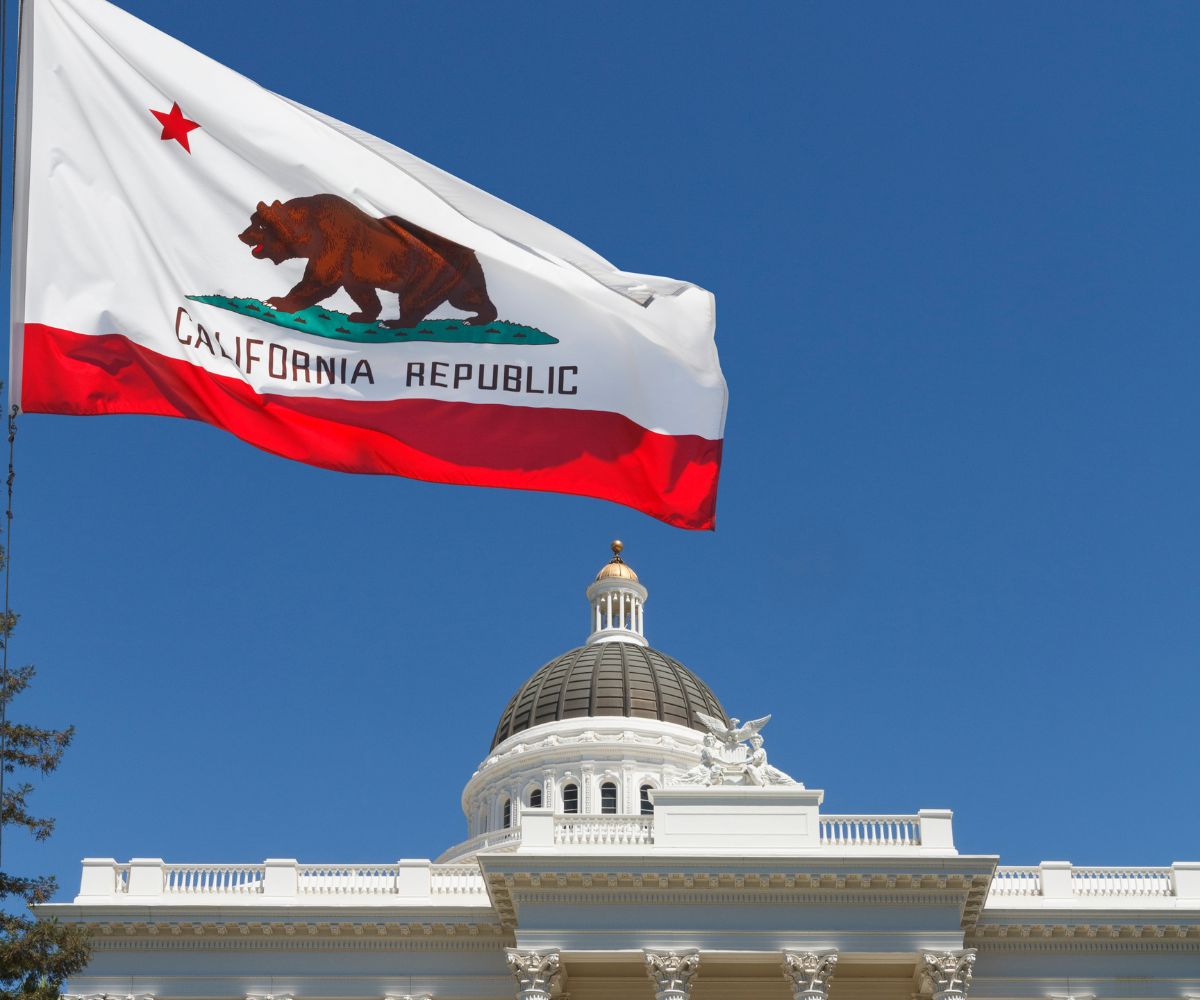
Why is California building a refueling network for hydrogen cars nobody uses?
August 26, 2023The state could pay as much as $300 million for stations even though there are only 12,000 FCVs on the road.
California is essentially the only state in the country that has any hydrogen cars to speak of, but even in that state, there are only about 12,000 of them on the roads. Still, the state intends to spend hundreds of thousands of dollars to build a refueling network for those vehicles.
Some are confused as to why the state would spend the money on a vehicle so few people are driving.
Lawmakers are currently debating just how much money should be spent on creating a support infrastructure for hydrogen cars. This is particularly true when one in five new cars sold in California is currently battery electric.
“California is showing the world what’s possible,” said California Governor Gavin Newsom, whose goal is to replace passenger vehicles powered by fossil fuels with those producing zero emissions.
That said, while battery electric vehicles are doing very well there, the state – and the world – are still only at the very beginning of the zero-emission transition. This change is the heart of a fierce battle in the Capital regarding how much of a role H2 fuel cells will be playing in tomorrow’s clean transportation.
State lawmakers are now debating how much to pour into a fueling station network for hydrogen cars.
A lobbying group for suppliers and supporters of H2 includes Shell, Chevron and Toyota. That group is aiming for a designated 30 percent of the Clean Transportation Program money, which would represent about $300 million spent over the next ten years.The Clean Transportation Program receives its funding from annual fees paid by drivers in the state, such as the $4 smog abatement fee and the $2 vehicle registration fee. Across the last ten years, the plan has been to spend 20 percent of that total on H2.
Will vehicle sales climb if stations are available?
The California Energy Commission has already spent $202 million on fueling stations for hydrogen-powered cars. That said, the demand for those vehicles remains low. There are currently only two H2-powered models available, the Toyota Mirai and the Hyundai Nexo. Of those, only 1,767 have been sold in the state. There has already been a 20 percent decline in sales from last year to this year, though the summer did see an uptick.
In conclusion, the potential of hydrogen as a clean alternative to fossil fuels is undeniable, yet its adoption hinges heavily on the development of a robust infrastructure, particularly in terms of refueling stations. California has emerged as the epicenter of this transition, with plans to invest hundreds of millions into building a refueling network, despite the current limited number of Fuel Cell Vehicles (FCVs) on the road.
This bold move has sparked debates among lawmakers and industry stakeholders. However, the state’s commitment to this cause, backed by major players like Shell, Chevron, and Toyota, underlines the belief that availability of stations could boost FCV sales and drive the shift towards zero-emission transportation. While the journey has just begun, California’s pioneering efforts are setting the stage for the rest of the world to follow in the pursuit of sustainable mobility.
 Hydrogen FAQ’s
Hydrogen FAQ’s
Q: How many hydrogen vehicles are currently on the road in California?
A: As of now, there are roughly between 12,000 to 14,200 FCV’s on the road in California. (Source: LA Times, Automotive World)
Q: How many hydrogen fueling stations are there in California?
A: Currently, there are about 54 active hydrogen stations available in California, with additional 6 under construction and a total of 63 publicly accessible stations. (Source: Hydrogen Fuel Cell Partnership, Politico)
Q: What is California’s goal regarding zero-emission vehicles?
A: California aims to have 1.5 million zero-emission vehicles on its roads by 2025. Hydrogen fuel cell electric vehicles form a critical part of this goal. (Source: California Energy Commission)
Q: How did hydrogen fuel cell car sales perform in recent years?
A: The sales of hydrogen fuel cell cars have been relatively low, and even experienced a slump in 2022. In Q1 2023, the sales fell by 30%. (Source: Hydrogen Insight, Inside EVs)
Q: Who are some key players supporting the adoption of hydrogen cars in California?
A: Honda, Toyota, and Hyundai are the three brands that currently offer fuel cell cars in California. (Source: Automotive World)
Q: Is the availability of refueling stations expected to boost sales of hydrogen cars?
A: While it’s not guaranteed, the belief is that the development and expansion of a refueling infrastructure could encourage more drivers to consider hydrogen cars as a viable option for clean transportation. (Source: Dot LA)



 With over 15 years of reporting hydrogen news, we are your premier source for the latest updates and insights in hydrogen and renewable energy.
With over 15 years of reporting hydrogen news, we are your premier source for the latest updates and insights in hydrogen and renewable energy.
Too bad there isn’t more interest in H2 Fueled internal combustion engine powered vehicles. I have a big one that also runs on methane-CNG, ethanol, pure hydrogen and the blend of CNG and Hydrogen we call Intergalactic Gas, it also runs on gasoline, but never gets it! Being able to shop for fuel or use whatever is available frees me to travel coast to coast and border to border without toxic gasoline.
And I will keep saying until you publish it again.
That is a very good point, and Toyota has picked up that point and is running with it
topspeed.com/toyotas-hydrogen-combustion-engine-has-the-potential-to-make-evs-obsolete/
Hybrids are the way to go per Southwest Research Institute. Auto makers are ramping those up. Hydrogen is a too light leaky gas that should not be used for fuel, especially domestic heating. Search michael barnard’s “hydrogen ladder”.
I am one of those H2 vehicle drivers. Yes, if they build more stations they will sell more vehicles. I have to drive 45 minutes to an hour for H2. Why do I do it? For my grandchildren. We must prepare for their future.
What was not mentioned was the source of the hydrogen. Very little hydrogen is made from renewable sources. Hydrogen vehicles powered by hydrogen made from electrolysis use 3x the electricity of a battery electric vehicle. Its all about thermodynamics, very hard to change laws. People don’t buy Hydrogen cars because they are an awful solution.
Irrelevant, really, when you have a renewable source of “free energy” – once you amortise the cost of building the generation infrastructure – it’s like many processed in nature, “inefficient” according to human science, but pefectly viable in nature… see the Bumblebee! Which in theory should not be able to fly, but does.
We have to look at nature, not our own preconceived ideas.
You should investigate the mess the H2 stations has, starting with true 0, shell and iwatani!!! Did you investigate why they increased the price from 13 to 36 us dollar? From one day to another?
Did you ask why shell shutdown all theirs stations at once with the most stupid excuses? Ask the players in the H2 infrastructure and you’ll find the answers to all your questions!!!
H2 is too expensive and not price regulated with the H2 producers making record profits selling for $36 a kg. Ridiculous
Why did you NOT make one mention of Nikola and the hydrogen fuel cell semis they have begun producing?…the main push towards zero emissions and hydrogen powered vehicles is beginning in the heavy truck sector (especially in port drayage) and Nikola is by and far leading that charge!…they will be the first to release a class 8 FCEV semi to the market…they are also at the forefront of building out the hydrogen infrastructure and are pioneering mobile refueling stations as a stop gap until more permanent stations are built…lets give some credit where credit is due !!
Hydrogen is currently selling for $36/ kilo, equal to $120/ gallon. It’s corporate greed that will kill off hydrogen cars.
Underwhelming and inadequate. He didn’t include relevant facts. Here’s a few:
1. He didn’t reference that fuel cell electric cars are about seven years behind plug-ins. (Source: CARB has stated several times that the fuel cell car market launched in 2015)
2. He also didn’t mention the CARB analysis that showed fuel cell car adoption matched plug-in electric adoption…just seven years later.
3. Didn’t mention that, while Honda has concluded production of its Honda Clarity fuel cell car, they announced they will be producing a plug-in fuel cell electric car based on the CR-V.
4. Didn’t mention why the CA Hydrogen Coalition is asking for $300M. This stems from the study performed by CARB (2021) that showed that we can get to a self-sustaining hydrogen fueling network with one last infusion of gov’t co-funding. That $300M represents only 10% of the cost; the study estimated that 90% ($2.7B) would be borne by private industry.
Why wasn’t this included?
As an owner of 3 different fuel cell cars the last 7 years .infrastructure, , NOT auto sales & demand, is the problem.
Fuel cell availability has only become worse over the last few years ; and the line to get hydrogen fuel are often 3 hours long . So demand is not the problem. Most stations are often closed days at a time ; or only have enough fuel for a small # amount of drivers . In these long lines , I often talk with other drivers; who have to sell the Hydrogen car; because it hurts job, or commutes.
CA should mandate only green hydrogen be sold. Remind me again, how much are they paying fo H2 today?
I’ve seen two technologies that would make H2 a no brain solution. One is a cartridge containing H2 embedded on a platter (IIRC) that is released via a laser. The second is a tube of H2 paste. Both would solve many of the issues with distribution, safety, and the elimination of H2 refueling stations. Any store could sell the cartridges or tubes. A refuel would be a simple ejection of the spent unit and replacement with a fresh unit.
Let’s hope those technologies pan out.
Actually this is the right approach, believe it or not. Again, mimicking nature: when there is an abundant source of energy it becomes viable to exploit it.
The lesson comes from the production of cars like the Mirai, low sales because the owners cannot find a way to refuel within a reasonably convenient distance.
WHEN we produce the refuelling infrastructure it becomes profitable to produce the Hydrogen fuel for them.
It then also becomes profitable to produce safe transportation methods and infrastructure for it (including the Electriq H2 Poweder fuel).
Then AND ONLY THEN, car manufacturers have the incentive to bring out affordable H2FC vehicles.
It’s the way the market works, not ideal, but there you go… it’s called Capitalism.